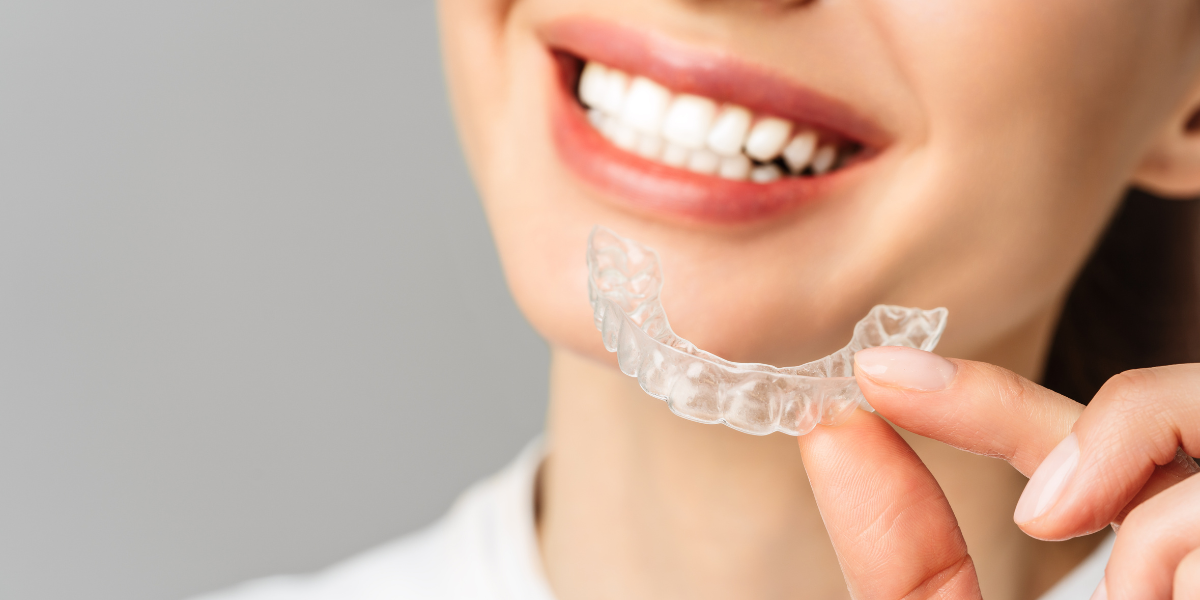
Dental restorations are highly durable and designed to strengthen and protect tooth structure. Unlike natural teeth, a dental restoration does not have the capability to absorb whitening agents. Natural teeth have pores and irregularities that can harbor even the smallest amounts of debris and bacteria, while fillings and crowns have been glazed or polished and rounded to create a glassy smooth surface.
Graphical representation of why dental restorations do not whiten
Dental restorations have a smooth glassy surface which resists build up and stains of any kind.Dental restorations have a smooth glassy surface which resists build up and stains of any kind.Enamel Pores (tubules) of a natural tooth allow small amounts of saliva containing inorganic substances to pass through resulting in deeply embedded intrinsic stains in the dentin of the tooth.* this image was designed to also show what post whitening result may look like if the restoration was made prior to having the teeth whitened
Pores and tubules of a natural tooth allow small amounts of saliva containing inorganic substances to pass through to remineralize the tooth. Unfortunately, if the saliva has been mixed with any colored substance, this shade is also accepted through the passages of the hard tissue. As the remineralization process takes place, so does the staining of the tooth tissues.
When a restoration is placed on a tooth, not only is it improving strength for chewing, its increasing the tooth’s resistance to damage caused by bacteria. Restorations are placed to repair tooth imperfections and are designed to be easier to keep clean, lessening chances of failure. Unless a restoration is scratched or damaged, the smooth glassy surface resists build up and stains of any kind.
The shade of a dental restoration is chosen to match the shade of the surrounding teeth. Like all other restorations the veneer is made of a material that resists shade change. However, unlike some restorations a veneer only covers the front surface of the tooth. It is possible that if the underlying natural tooth is exposed to the whitening product, the restoration may appear to be lighter. This is only made possible if the veneer has enough translucency to allow visibility of the natural shade of the tooth.








